-
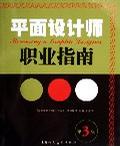
平面设计师职业指南
如果你真想成为一位平面设计师,那就问问你自己这个问题:你知道人们对平面设计师的期待是什么吗?你知道怎样来满足这些期待吗?本书是平面设计界最新的职业指南,从主要的设计领域到小的设计分支,对今天的平面设计进行了清晰而又扼要的扫描。书中那些设计界领军人物访谈中的见解,谈及互动设计、信息设计、动态设计、设计教育和训练、求职作品的准备、怎样求职等等。本书适合平面设计专业人员参考学习。 -
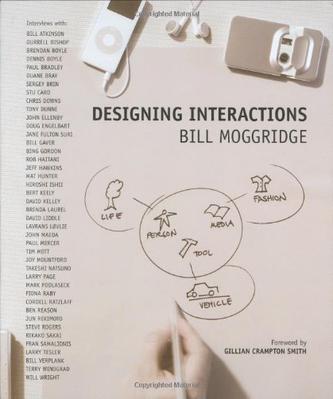
Designing Interactions
Digital technology has changed the way we interact with everything from the games we play to the tools we use at work. Designers of digital technology products no longer regard their job as designing a physical object--beautiful or utilitarian--but as designing our interactions with it. In Designing Interactions, award-winning designer Bill Moggridge introduces us to forty influential designers who have shaped our interaction with technology. Moggridge, designer of the first laptop computer (the GRiD Compass, 1981) and a founder of the design firm IDEO, tells us these stories from an industry insider's viewpoint, tracing the evolution of ideas from inspiration to outcome. The innovators he interviews--including Will Wright, creator of The Sims, Larry Page and Sergey Brin, the founders of Google, and Doug Engelbart, Bill Atkinson, and others involved in the invention and development of the mouse and the desktop--have been instrumental in making a difference in the design of interactions. Their stories chart the history of entrepreneurial design development for technology. Moggridge and his interviewees discuss such questions as why a personal computer has a window in a desktop, what made Palm's handheld organizers so successful, what turns a game into a hobby, why Google is the search engine of choice, and why 30 million people in Japan choose the i-mode service for their cell phones. And Moggridge tells the story of his own design process and explains the focus on people and prototypes that has been successful at IDEO--how the needs and desires of people can inspire innovative designs and how prototyping methods are evolving for the design of digital technology. Designing Interactions is illustrated with more than 700 images, with color throughout. Accompanying the book is a DVD that contains segments from all the interviews intercut with examples of the interactions under discussion. Interviews with: Bill Atkinson, Durrell Bishop, Brendan Boyle, Dennis Boyle, Paul Bradley, Duane Bray, Sergey Brin, Stu Card, Gillian Crampton Smith, Chris Downs, Tony Dunne, John Ellenby, Doug Englebart, Jane Fulton Suri, Bill Gaver, Bing Gordon, Rob Haitani, Jeff Hawkins, Matt Hunter, Hiroshi Ishii, Bert Keely, David Kelley, Rikako Kojima, Brenda Laurel, David Liddle, Lavrans Løvlie, John Maeda, Paul Mercer, Tim Mott, Joy Mountford, Takeshi Natsuno, Larry Page, Mark Podlaseck, Fiona Raby, Cordell Ratzlaff, Ben Reason, Jun Rekimoto, Steve Rogers, Fran Samalionis, Larry Tesler, Bill Verplank, Terry Winograd, and Will Wright -
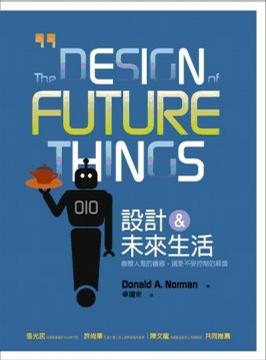
設計&未來生活
-
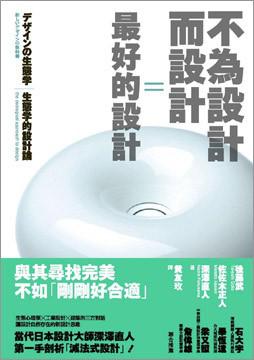
不為設計而設計=最好的設計
與其尋找完美,不如「剛剛好合適」 當代日本設計大師深澤直人第一手剖析「減法式設計」 生態心理學╳工業設計╳ 建築的三方對話 讓設計自然存在的新設計思維! 無印良品的車站手錶、深澤直人的壁掛式CD Player、Jasper Morrison的GLO-BALL燈、Alvar Alto的麥雷亞宅邸、科比意的拉托雷修道院……,這些設計/建築個案完美地調和了人、物品與環境的關係,不僅令人印象深刻,也提示了我們有別於傳統的設計思維: 從環境出發(vs以人為中心) 掌握設計者與使用者共感的元素(vs基於設計者與使用者的主觀意識) 在「不加思索」的行為中醞釀客觀的物品(vs設計者的個性與主觀意念) 使用者自行發現設計隱含的價值(vs設計者賦予的使用行為) LATER WOW(vs FIRST WOW) 日本知名的設計師深澤直人、建築師後藤武、生態心理學者佐佐木正人,在本書共聚一堂,分享在「affordance」的觀點下捕捉到的「設計」本質。除了設計原理,本書也兼及設計的實踐和創作,並援引美術/建築/設計的代表作品,讓讀者明瞭如何構思、判斷與進行設計工作的步驟。書末特別收錄延伸閱讀書目、經典名句、關鍵詞年表與關係圖。 -
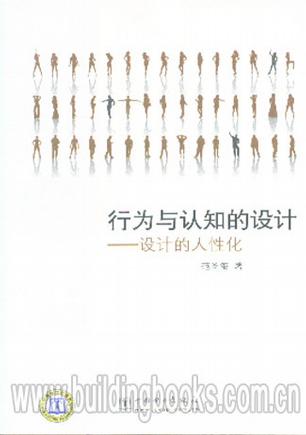
行为与认知的设计 设计的人性化
《行为与认知的设计·设计的人性化》主要内容包括:关于人性化产品设计、操作性与人类的输出系统、认知性与人类的输入系统、感性与人类的内心世界、设计与行为、产品使用者的多样性、作为环境中的人的人性化。设计的人性化涉及到很多方面的研究。 -
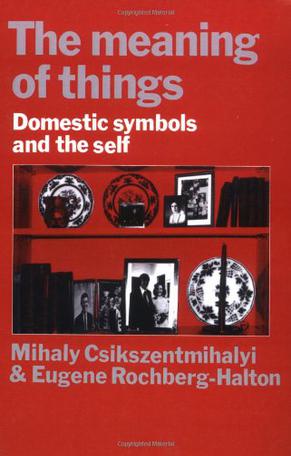
The Meaning of Things
The meaning of things is a study of the significance of material possessions in contemporary urban life, and of the ways people carve meaning out of their domestic environment. Drawing on a survey of eighty families in Chicago who were interviewed on the subject of their feelings about common household objects, Mihaly Csikszentmihalyi and Eugene Rochberg-Halton provide a unique perspective on materialism, American culture, and the self. They begin by reviewing what social scientists and philosophers have said about the transactions between people and things. In the model of 'personhood' that the authors develop, goal-directed action and the cultivation of meaning through signs assume central importance. They then relate theoretical issues to the results of their survey. An important finding is the distinction between objects valued for action and those valued for contemplation. The authors compare families who have warm emotional attachments to their homes with those in which a common set of positive meanings is lacking, and interpret the different patterns of involvement. They then trace the cultivation of meaning in case studies of four families. Finally, the authors address what they describe as the current crisis of environmental and material exploitation, and suggest that human capacities for the creation and redirection of meaning offer the only hope for survival. A wide range of scholars - urban and family sociologists, clinical, developmental and environmental psychologists, cultural anthropologists and philosophers, and many general readers - will find this book stimulating and compelling.